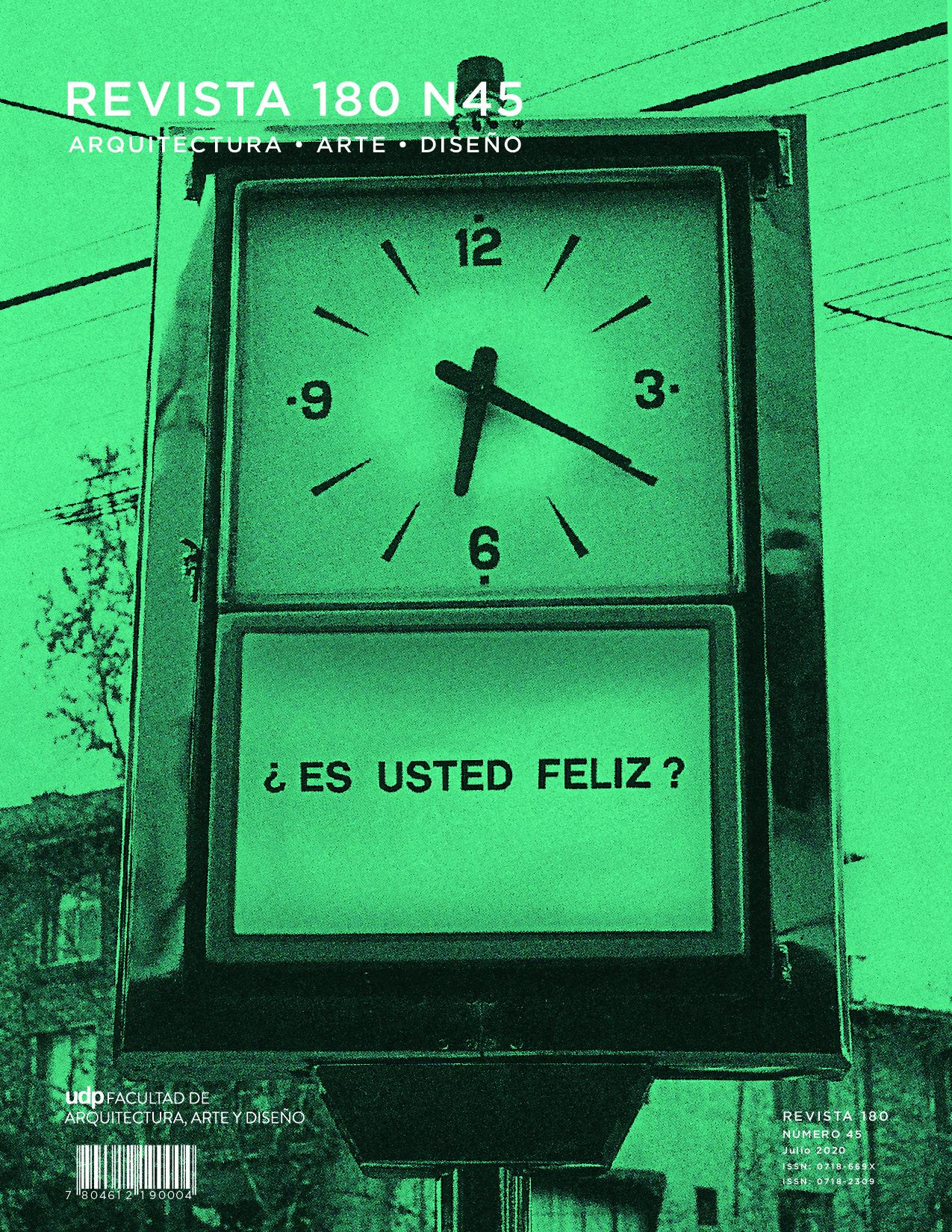CORNER-CINEMA: A PROGRAMMATIC HYBRID IN CHILEAN’S URBAN MEMORY
Published 2020-07-27
Keywords
- material memory,
- mixed program,
- typology
How to Cite
Abstract
The emblematic palace-cinemas which accompanied the rise of cinematographic exhibition in Chile during the 20th century, reflect a widespread practice codified by a series of exhibition halls that inherit the tradition of a theatrical stylistic architecture. However, this account does not take notice of another kind of halls built during the same period that entails the development of an unprecedented typology: the corner-cinema. Identified as a programmatically hybrid building, the latter incorporated specific spaces for commerce and housing in addition to the projection space, resulting in an architectural strategy that would anticipate a response to urban density. Recognizing that distinctive feature, this article exposes and classifies a set of cinemas built in Santiago and other Chilean cities that share similar characteristics in terms of their programmatic mixture and formal structures, composing a catalogue of singular works that reveals their distinctive aspects as an experience of disciplinary innovation. Located at the corner of a block, these projects not only fulfilled the requirement of modernizing the places for films as the 1920’s cinematographic industry demanded, but also constituted a timely response whose logic promoted a new way to build the city. Based on this evidence, the historical perspective implied by the typological approach of this analysis provides a more general insight about the role of architecture and its ability to perform as an active component in the configuration of urban and social environment.
